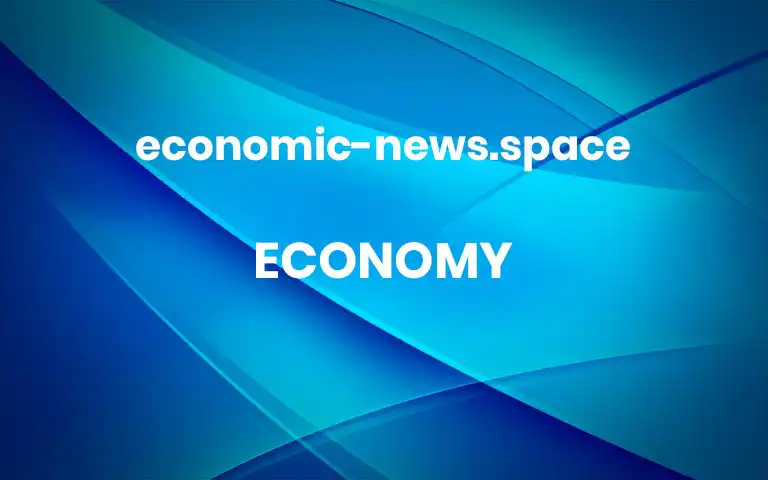The US is set to release the Personal Consumption Expenditures Price index, the Federal Reserve’s preferred gauge of underlying inflation, later Wednesday.There remains a degree of uncertainty over whether the US central bank will deliver another 25-basis point cut in December given recent stubbornly strong inflation data.While the US is due to release November data on both consumer and producer prices before the Fed’s next meeting on Dec. 17-18 this will be the final PCE report before then.Economists are expecting the PCE index to have risen 2.3% annually in October, an increase from 2.1% the prior month.The minutes of the Fed’s November meeting, released Tuesday, suggested members continue to support a gradual approach to monetary policy easing.US stock futures edged lower Wednesday, with investors acting cautiously ahead of the release of Federal Reserve’s most closely followed gauge of inflation. By 04:00 ET (09:00 GMT), the Dow futures contract was down 25 points, or 0.1%, S&P 500 futures dropped 8 points, or 0.1%, and Nasdaq 100 futures fell by 45 points, or 0.2%.The main benchmarks closed positively Tuesday, with both the S&P 500 and the Dow Jones Industrial Average posting fresh intraday and closing highs.Activity is likely to be subdued Wednesday, with the market closed for the Thanksgiving holiday on Thursday and then set to end early Friday. Today’s main focus will be the release of the personal consumption expenditures price index [see above], as investors seek more clues over future Fed rate policy, particularly at its December meeting.There are more quarterly earnings to digest Wednesday, while Dell Technologies (NYSE:DELL) traded sharply lower premarket after the tech gaint issued disappointing guidance for the current quarter.Donald Trump is not even in the White House for his second term yet, but is already causing waves in global markets after threatening to impose more duties on imports from China, Canada and Mexico. Trump claimed that the measures were aimed at curbing illegal immigration and illicit drugs, but they also have the potential to dent corporate earnings, according to analysts at Citi, and the broader market had still not priced in this risk. Citi said on the earnings front, tariffs could cut earnings estimates for the S&P 500 in 2025 by “a few percentage points,” and could erode gross margins by more than 250 basis points. Still, the brokerage noted that a large number of corporations were granted relief from the tariffs during Trump’s first term. Citi said markets were moving from a period of election uncertainty into a period of policy uncertainty, citing the many unknowns over what Trump’s second term will bode for markets. Apple (NASDAQ:AAPL) CEO Tim Cook appeared at the China International Supply Chain Expo in Beijing at the start of the week, using the opportunity to endear himself, and by association his company, to the country.China is a key market for Apple, and is also a major part of the company’s supply chain, with a bulk of its devices being assembled in the country. Cook’s appearance in China comes as Apple grapples with sluggish iPhone sales in the country, as the tech giant struggles with heightened competition from local players, including Huawei.Sales of foreign-branded smartphones, including Apple’s iPhone, in China fell 44.25% in October year-on-year, according to data released earlier Wednesday from a government-affiliated research firm.Apple’s upcoming iOS 18.2 release, set to debut in December, is set to be a critical factor for the company’s iPhone replacement cycle in the coming quarters, according to analysts at Citi.The “rollout of iOS 18.2 in December will be an important determinant for the pace of iPhone replacement,” Citi added.Crude prices edged higher Wednesday, with traders assessing the potential impact of a ceasefire deal between Israel and Hezbollah as well as an unexpected, substantial draw in US oil inventories.By 04:00 ET, the US crude futures (WTI) climbed 0.5% to $69.08 a barrel, while the Brent contract fell 0.3% to $72.54 a barrel.Both benchmarks settled lower on Tuesday after Israel agreed to a ceasefire with Lebanon’s Hezbollah. The deal will take effect today, potentially ending a conflict across the Israeli-Lebanese border, quelling some concerns that persistent fighting in the Middle East will disrupt oil supplies from the crude-rich region. Data from the American Petroleum Institute, released on Tuesday, indicated that US oil inventories shrank by nearly 6 million barrels in the week to Nov. 22, compared with the small build expected.If confirmed by official data later Wednesday, this would increase hopes that US fuel demand remained strong, potentially tightening oil supplies in the coming months.Attention will now turn to next week’s meeting of the Organization of Petroleum Exporting Countries and allies, known as OPEC+, to determine future production plans. More




